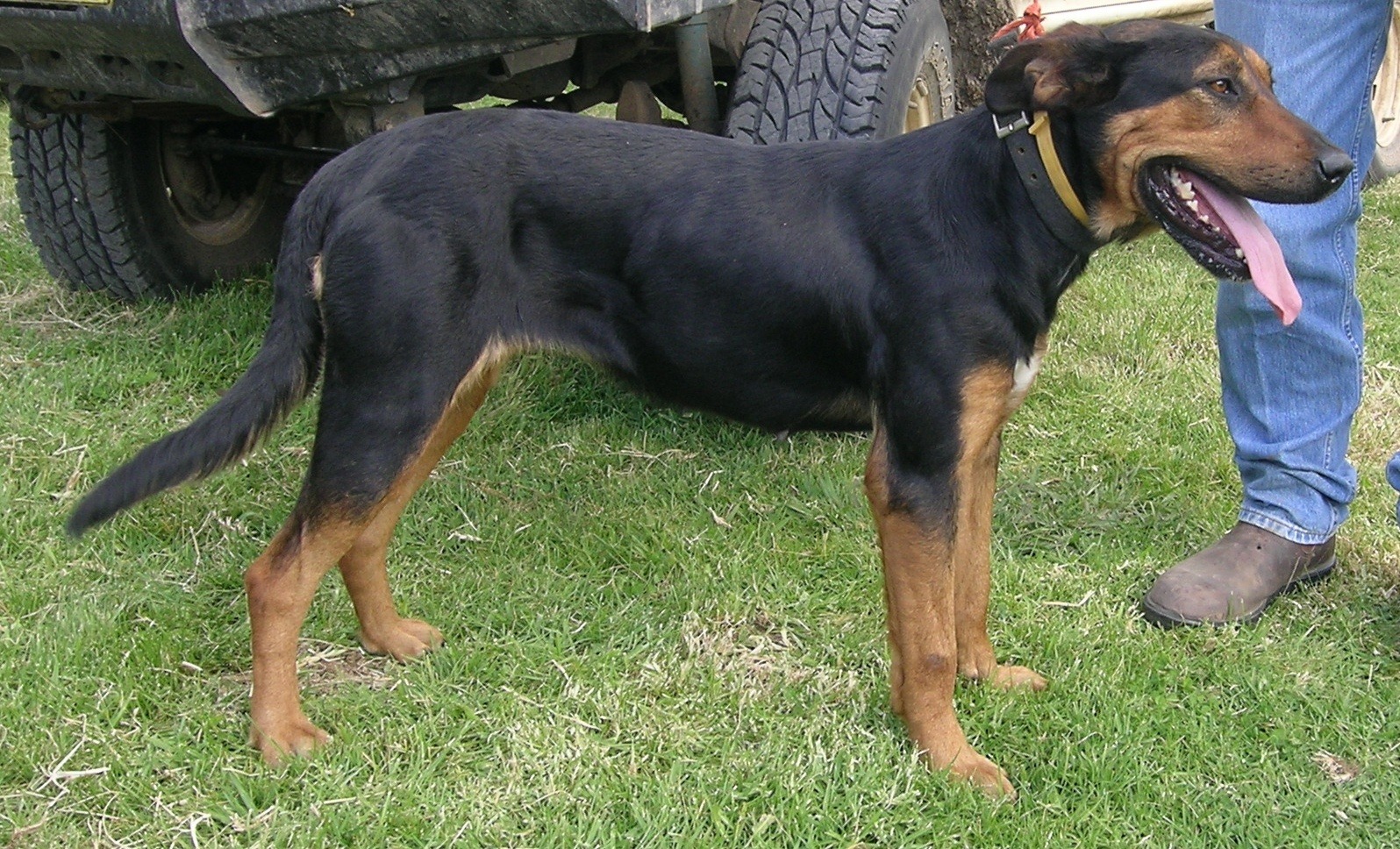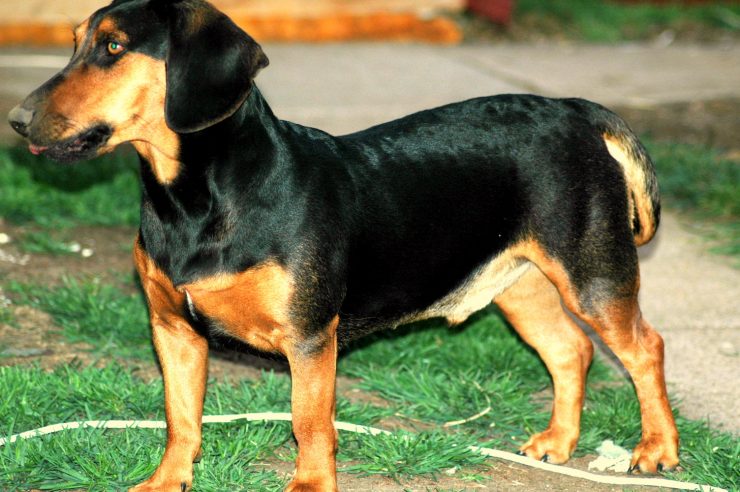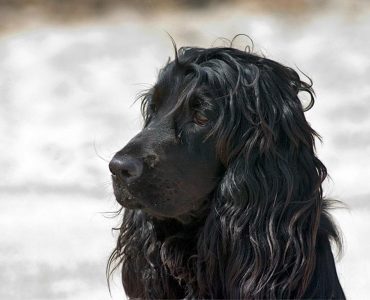This is a medium-size hunting dog that is native to Lithuania. It is extremely rare. The Lithuanian Hound derived from large native hunting dogs. These were improved by breeding with smaller, imported breeds, in particular, Beagles, Bloodhounds, and Russian and Polish Hounds. This created a fast, agile hunting hound that was large and courageous enough to cope with large game, especially in terms of wild boar.
Wild boar developed to the point of becoming larger and more aggressive, and, by the 1970s, very few Lithuanian Hounds were left. The majority had been killed by their quarry or abandoned in favour of more resilient breeds. The remaining dogs were rescued by the Lithuanian Cytological Council, which set up a dedicated breeding programme as well as a bench standard. However, it is practically unknown outside its native homeland.
The Lithuanian is a medium-size hound, sturdily built, and sleekly muscled with slightly less bone than other hound breeds. The legs and back are long with sweeping lines. The chest is deep and broad and the neck is long and sleekly muscled. The belly is tucked up and the tail is long and held low. The head is large, of medium width, and with long pendant ears. It has a strong scissor bite and does not drool.

The coat is short and close, glossy black in colour with tan markings, somewhat resembling a Doberman Pinscher. The dog is a hunting breed that is not widely kept as a pet although it is known to be good natured. An active dog, it needs a large run and plenty of exercise.












